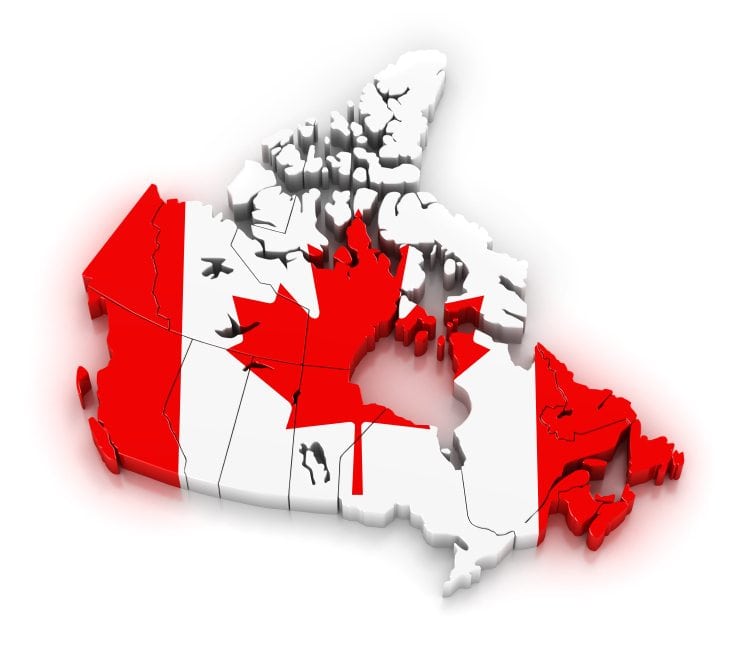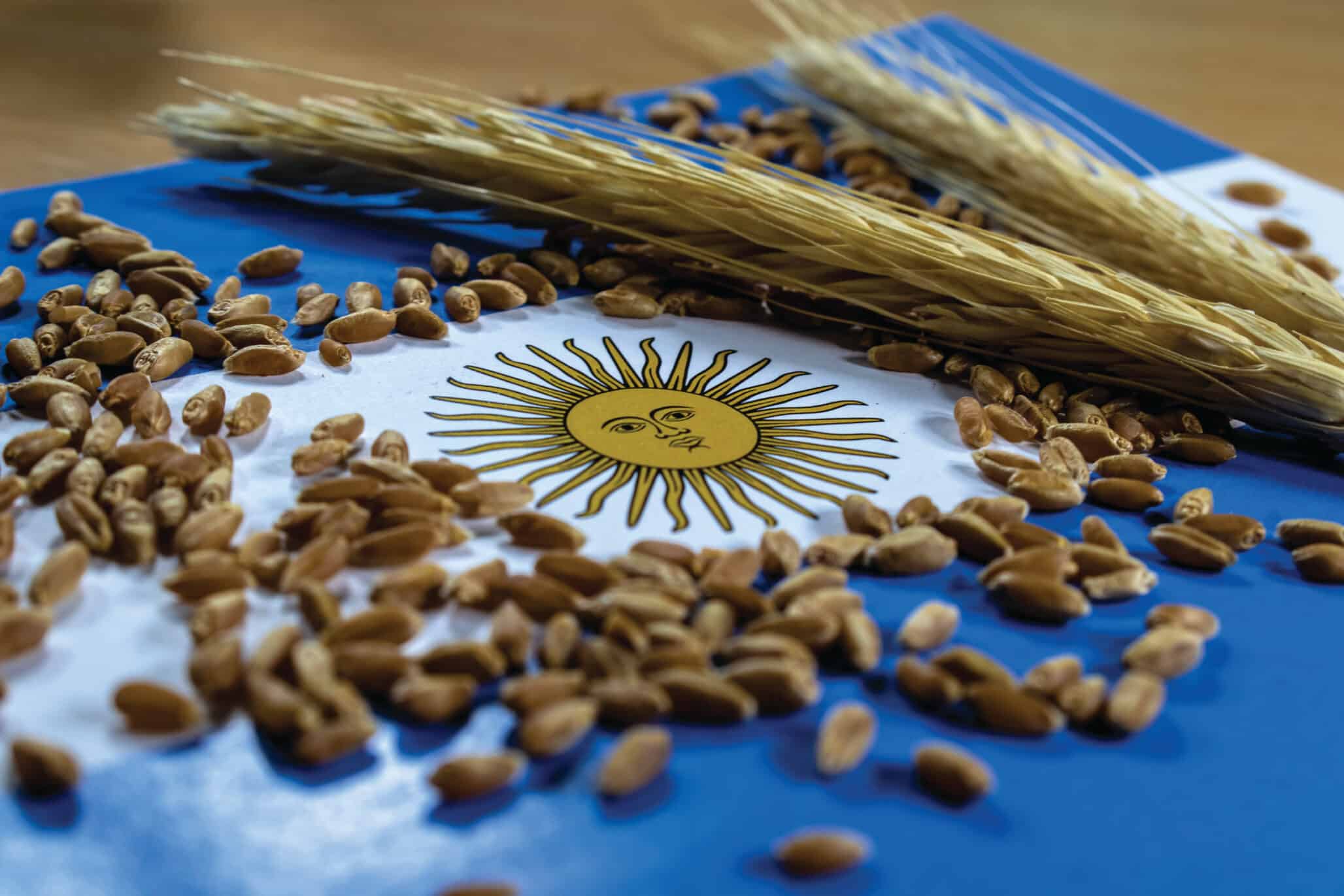Providing education and resources around plant breeding innovation is one of the biggest priorities for the International Seed Federation (ISF) this year and for years to come.
There are a number of reasons for this, says Bernice Slutsky, who serves as co-chair for ISF’s Plant Breeding Innovation Working Group, which operates under the guidance of the Breeders Committee.
“These are methods we hope will be available to plant breeders to use across all crops,” Slutsky says, noting these methods are fairly accessible and relatively inexpensive. “Through methods such as CRISPR-Cas, plant breeders are taking all their collective knowledge gained over the past 20-30 years and using it to create more genetic variability to provide growers more solutions and give consumers more options.”
One of the biggest concerns plant breeders and those in the seed industry have is if they’ll be able to use these new breeding techniques. A social stigma and burdensome regulatory barriers could limit the use of these tools.
Harry Klee, a tomato breeder from the University of Florida, says they are taking a wait-and-see approach.
“We love gene editing but we haven’t actually put anything out there yet,” Klee says. “We are still being cautious as to how consumers will respond.
“For example: By knocking out the expression of a single gene, I can make the lycopene levels go up by 25 percent, and we know consumers really like those deep red tomatoes with high lycopene. We can do that with very simple gene editing and very quickly. I can do it with traditional plant breeding, taking two to three years per variety, or I can do it with gene editing and get it within six months.”
The timing for ISF’s work is critical as policymakers and governments around the world discuss plant breeding innovations, and if and how they should be regulated. Argentina, Australia, Canada, the United States and Europe are all in very different stages and are taking different approaches.
Argentina is the only country (at the time of writing) that has legislation written and signed into law. Canada doesn’t regulate products based on process. Australia is reviewing its legislation, while both Europe and the United States are working to make revisions.
Argentina: Signed into Law
In 2015, Argentina announced that it had signed legislation into law that gene-edited plants would not be regulated as GMOs.
“The regulation is very clear in its definitions, and non-transgenic products can be excluded from regulation,” says Juan Kiekebusch, Seed Association of the Americas (SAA) senior adviser on biotechnology. “The caveat is that companies, before making a big investment in research projects, should make an appointment to consult with the national biosafety commission, which then makes the determination if it’s GMO or not.”
Kiekebusch explains that not all countries agree with this approach, but it is one approach that sets a pathway, and it’s aligned with the Cartagena Protocol on Biosafety.
Canada: Product, Not Process
Canada does not distinguish between a GMO and non-GMO when evaluating products for registration. It considers new breeding techniques to be covered by its domestic legislation and regulation.
“Canada has a huge advantage over other nations in that it truly doesn’t regulate the breeding process, but rather the product itself,” says Allen Van Deynze, who grew up on a small Manitoba farm and now serves as director of research at the Seed Biotechnology Center, University of California, Davis. “We have a truly logical process, but there are many forces at work trying to change this. …
“If everyone would adopt and objectively implement the Canadian system, there would be a lot more things happening in plant breeding as far as products coming out, and everyone could use the tools to help create them.”
Australia: Technical Review Underway
In Australia, the Office of Gene Technology Regulation (OGTR) is conducting a technical review of the regulations around gene editing with the goal of improving clarity regarding new technologies.
According to the OGTR, the technical review will focus on scientific aspects to ensure they keep pace with technological change and might result in proposals for inclusion, or exclusion, of techniques or organisms from regulation.
At this time, no amendments relating to new technologies have been drafted.
Although technical changes can be made, the definitions of what is and what is not a GMO in Australia are contained within the gene technology legislation.
“There is a general view … that there’s a range of new science and new development getting caught up in the regulatory system,” says Matthew Cossey, CropLife Australia chief executive. “What’s important is that you have a system that consumers have absolute confidence in. That it has safety but also allows for research to flourish and for new innovations to make it to the farming sector.”
U.S. Proposes Non-Regulation
The U.S. Department of Agriculture (USDA) determined in April 2016 that it would not regulate a mushroom and a new type of corn genetically modified with the gene-editing tool CRISPR-Cas9. These were the first CRISPR-edited crops to be approved by the U.S. government.
Regulated by both the USDA and the Food and Drug Administration (FDA), the federal agencies were asked to review how they handle products derived from biotechnology, as well as new breeding techniques.
In January, USDA released its rule-making notice in tandem with FDA, whereby FDA acknowledged in its Request for Information that some applications of gene editing result in plants that could be developed through more traditional breeding methods.
USDA proposed a regulatory program in which it first assesses GE organisms to determine if they pose plant pest or noxious weed risks. If the department concludes that a GE organism does not pose a plant pest or noxious weed risk, then it would not require a permit for the importation, interstate movement and environmental release of the GE organism. However, if it is determined, based on risk analysis that controls on movement are needed, the department will work with the requestor to establish appropriate permit conditions to manage identified risks to allow safe movement.
“We’re pleased that USDA’s proposal recognizes that some applications of gene editing result in plant varieties that are essentially equivalent to varieties that are developed through more traditional breeding methods, and treats these varieties accordingly,” says Andy LaVigne, American Seed Trade Association president and CEO.
Europe: Uncertainty Prevails
In October, France recommended the European Court of Justice regulate all organisms created through all methods of mutagenesis. On the flip side, in 2015 Sweden had decided that the technical and legal issues associated with plant breeding innovation favored non-regulation and Finland followed suit.
But the broader European Parliament (EP) seems to be at a stalemate. In June 2016, the EP voted on an initiative put forward by its Committee for Agriculture.
The initiative received broad backing from the Agriculture and Rural Development Committee, but the plenary vote significantly altered the final text by suppressing proposals related to a more supportive and enabling regulatory framework for plant breeding and crop protection innovations.
“It is fair to say that we are rather disappointed,” says Garlich von Essen, European Seed Association secretary general.
The plenary voted down a number of elements that had called upon the EU to facilitate the development and deployment of innovative plant breeding techniques by a supportive and enabling regulatory framework.
Von Essen says: “To some extent, the EP has missed the point and an important opportunity.”
Pro Innovation Policies Needed
The fact is that regulatory policy will determine the methods used across companies and across crops. Policies that place an overly high regulatory burden on new plant breeding innovations will limit use to only the largest companies and only the highest value crops, such as corn and soybeans.
While countries around the world chart new territories in determining how plant breeding innovations should be handled, the international seed industry hopes policymakers will create frameworks that give legal certainty to plant breeders and developers, foster innovation and ensure safety.
“A recent study shows that more than 80 percent of current and future productivity and sustainability gains are derived from plant breeding,” von Essen says.
In moving forward, Slutsky says the goal is to adopt a set of consistent criteria for how a product should be evaluated, and thus regulated. ISF, through its Plant Breeding Innovation Working Group, developed a document outlining such criteria.
“If we can get the scientific community to agree on a set of parameters, then we can build a path minimizing political and ‘off science’ disruptions when we approach regulators and policymakers,” Kiekebusch says.
That’s why in mid-November, SAA hosted a meeting with academic representatives from the United States, Mexico, Paraguay, Colombia, Argentina, Uruguay, Peru, Chile and Brazil to discuss concepts for consistent criteria when it comes to how, and if, these new innovations should be regulated.
“We want to be proactive from a both a policy and communications point of view,” Slutsky says, “so at the end of the day, scientists can take advantage of these plant breeding innovations.”
These new innovations are seen as part of the solution to helping farmers increase crop yields and better manage disease, pest and abiotic pressures in a sustainable manner.















